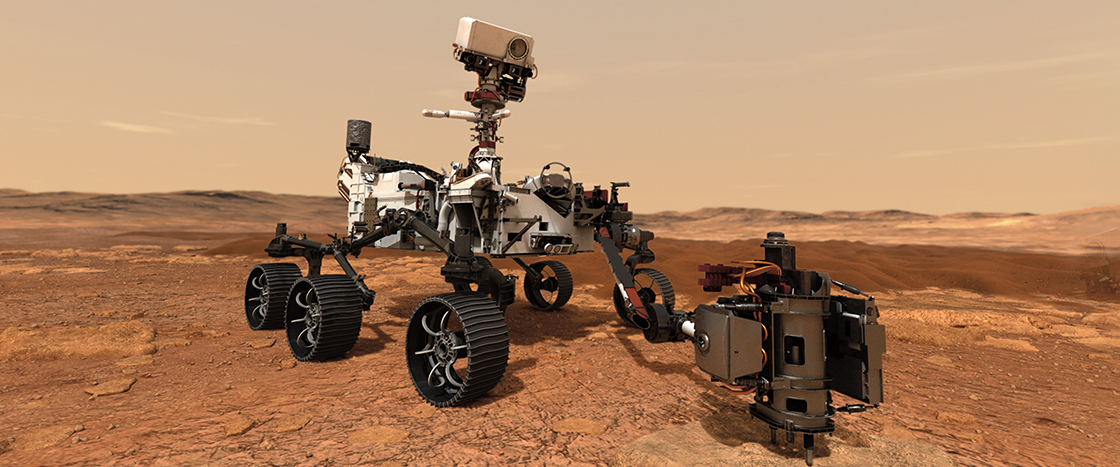Does life exist outside of Earth? Humans have been asking this question for centuries. We might soon have an answer—thanks to a new rover expected to land on Mars this month!
The car-sized vehicle is called Perseverance. It’s the fifth rover the U.S. space agency NASA has sent to the Red Planet since 1997. Perseverance contains high-tech instruments to collect rocks and soil and look for signs of past life.
NASA plans to eventually fly those samples to Earth to study. The research could reveal whether living organisms have ever existed on Mars—and whether they’re still there today. “We’ll have the opportunity to answer questions that we’ve been asking for a long time,” says Ken Farley, a lead scientist with the mission.
Does life exist beyond Earth? Humans have been asking this question for centuries. And we might soon have an answer. That’s thanks to a new rover. This car-sized vehicle should be landing on Mars this month!
The rover is called Perseverance. It was built by the U.S. space agency, NASA. Perseverance is the fifth rover NASA has sent to Mars since 1997. The rover’s mission is to look for signs of ancient life on the planet.
The rover contains high-tech devices. They’ll collect rocks and soil. NASA plans to return those samples to Earth. There, scientists can study them. That research could reveal whether living things ever existed on Mars. It could also show if they’re still there today. “We’ll have the opportunity to answer questions that we’ve been asking for a long time,” says Ken Farley. He’s a lead scientist with the mission.

